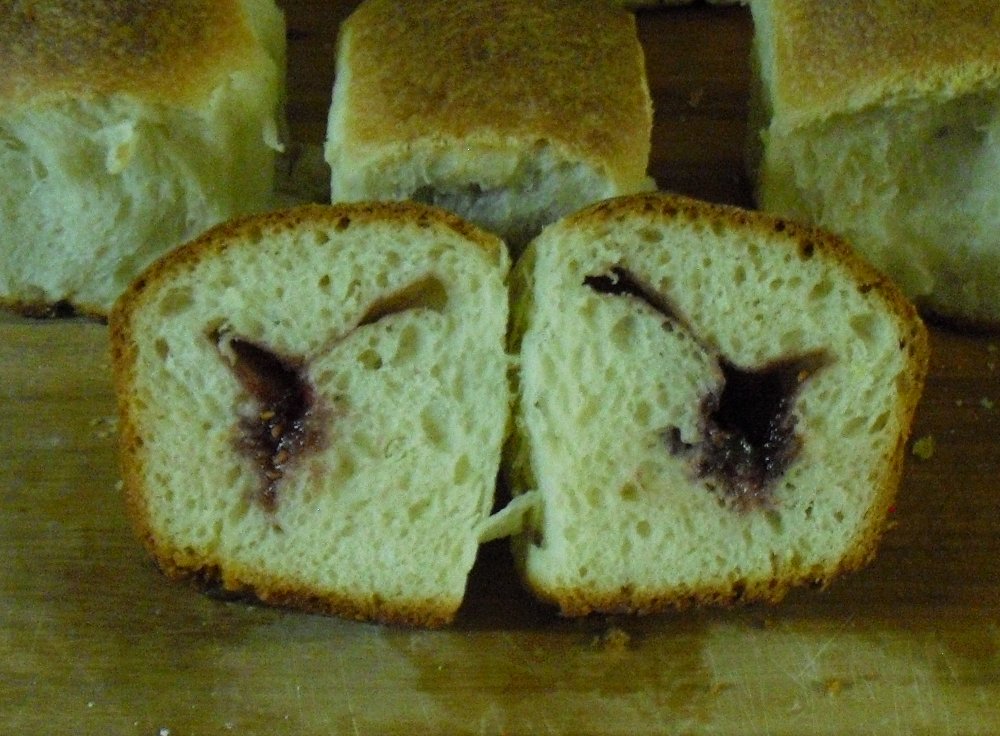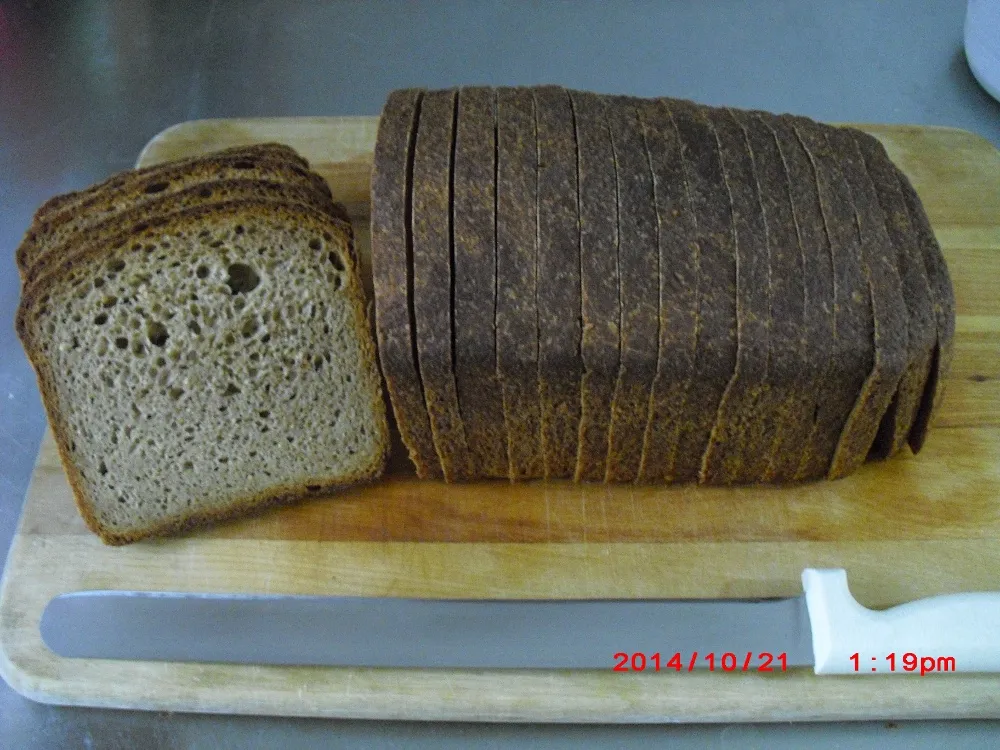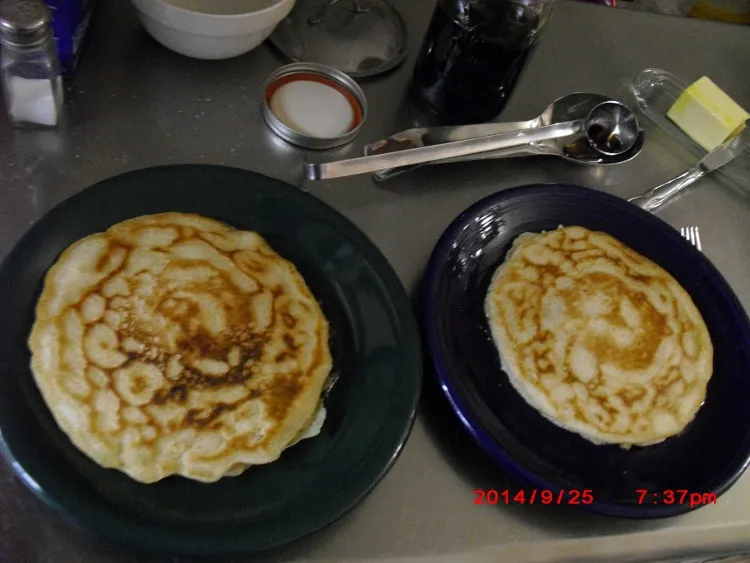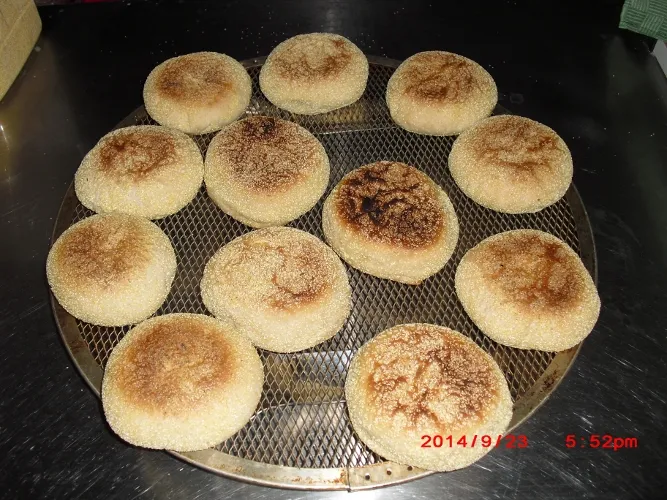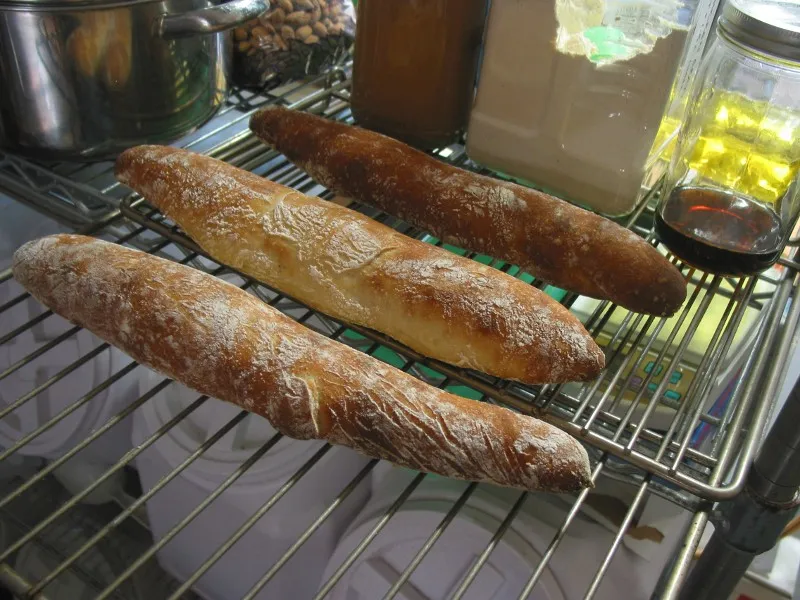Figuring out bigger crumb holes
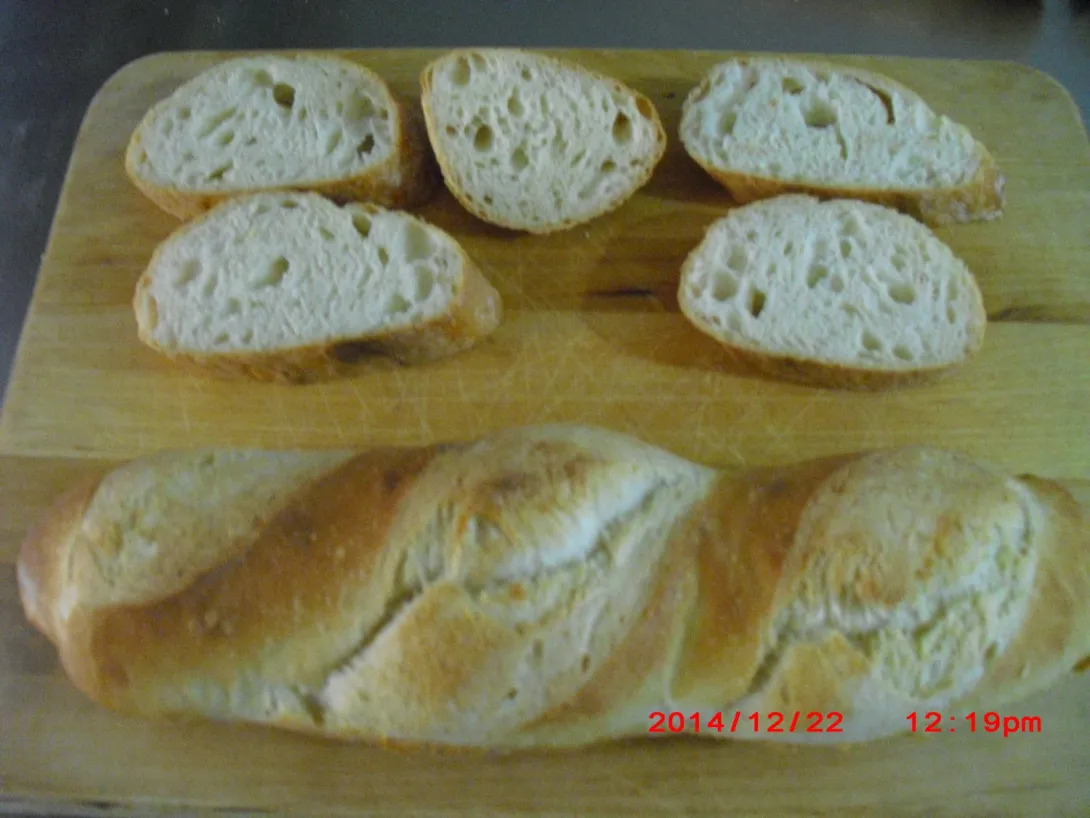
Sort of straight dough, but with 4% over-fermented sponge which I make up ahead of time and keep in the freezer, so I guess it's really sponge and dough.
This post has been edited, dabrownman in the comments below made me realize something was wrong in the formula presentation. My apologies for any confusion that the flawed formula may have caused. As a result of this edit, some comments may now be out of context.
- Log in or register to post comments
- 4 comments
- View post
- kenlklaser's Blog
